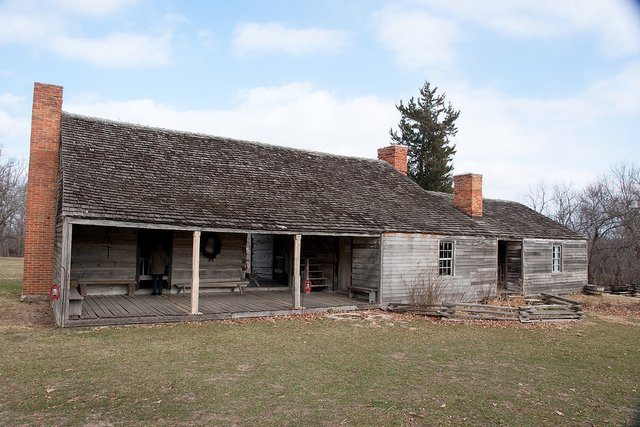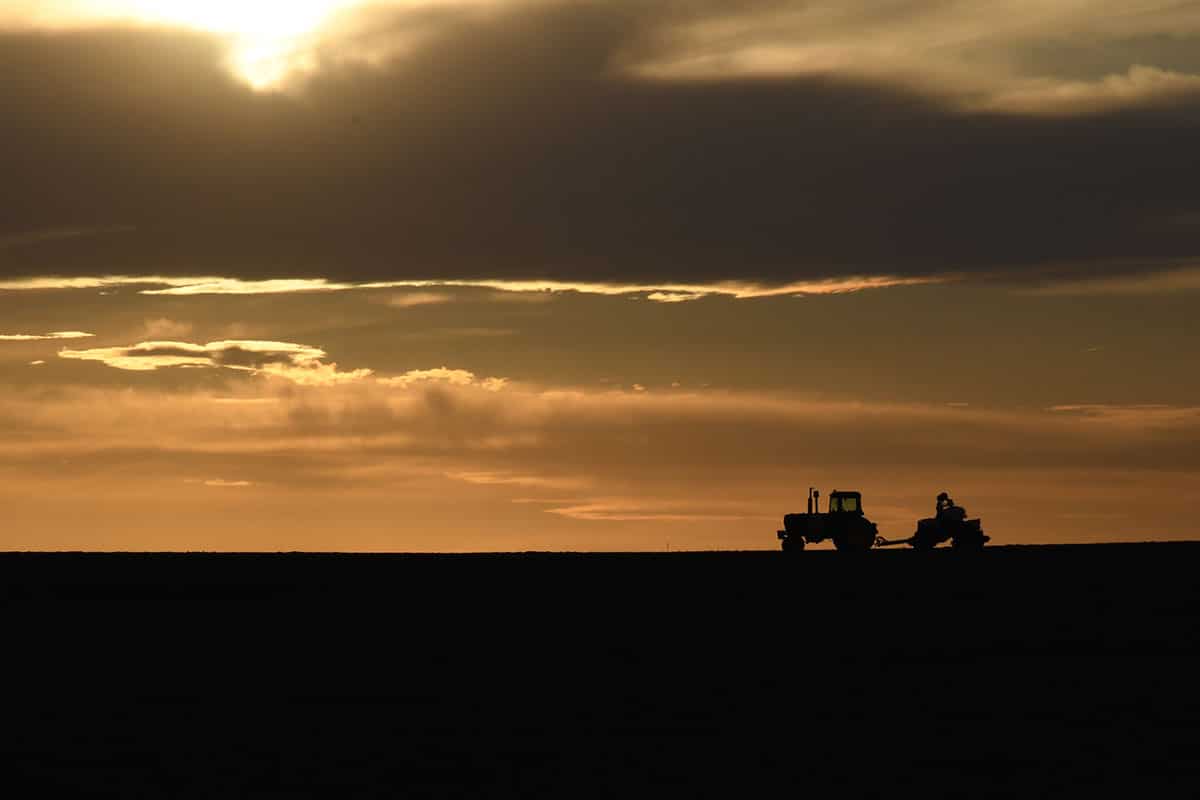This article originally appeared in the October 2020 issue of Missouri Life magazine.
More than two thousand springs can be found in Missouri, and you can see many of these natural springs where bright blue water rushes into the state’s most magnificent rivers.
Near a handful of those springs, a mill is present as well. Before modern technology, fast-moving spring water created energy for the machines to quickly grind grain into flour. These extraordinary mills off er a peek into the Show-Me State’s history and a way to learn about the imperative role they played.
If you’re in need of a breath of fresh air, many of these springs and mills offer hiking around the area. Most rivers that the springs feed into also offer kayaking and canoeing, perfect for an autumn adventure. Here are six of the many beautiful springs that grace our state.
Alley Spring and Mill, Eminence
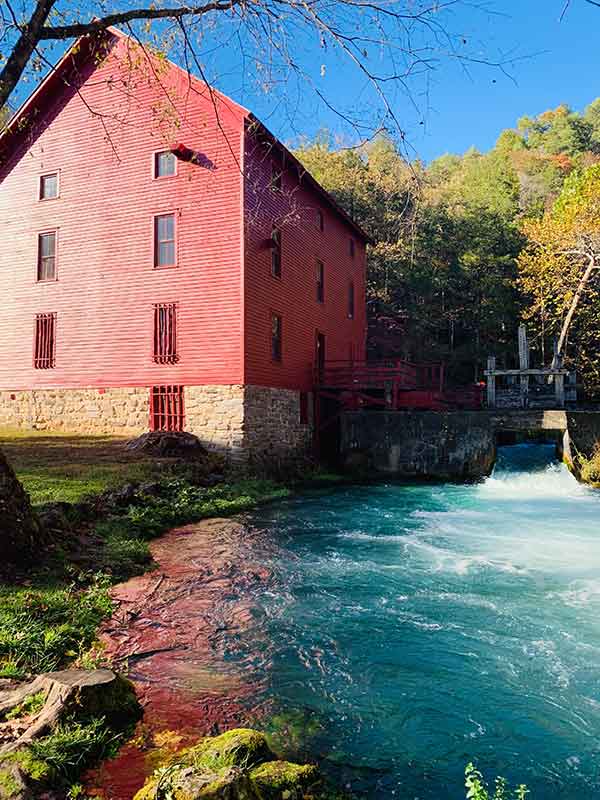
Alley Spring and Mill is arguably the most recognizable and photographed spring and mill combo in Missouri. It is the seventh largest spring in the state with a discharge of 81 million gallons of water into the Jacks Fork River per day. The scenic, red mill was constructed in 1893 and 1894 by George Washington McCaskill, one of the most well-known farmers in Shannon County. It features a turbine instead of a water wheel, so it was considered ahead of its time and processed grain until 1918. Tours are still available at the four-story mill that is surrounded by a beautiful oak and pine forest. The original machinery is a highlight.
Big Spring, near Van Buren
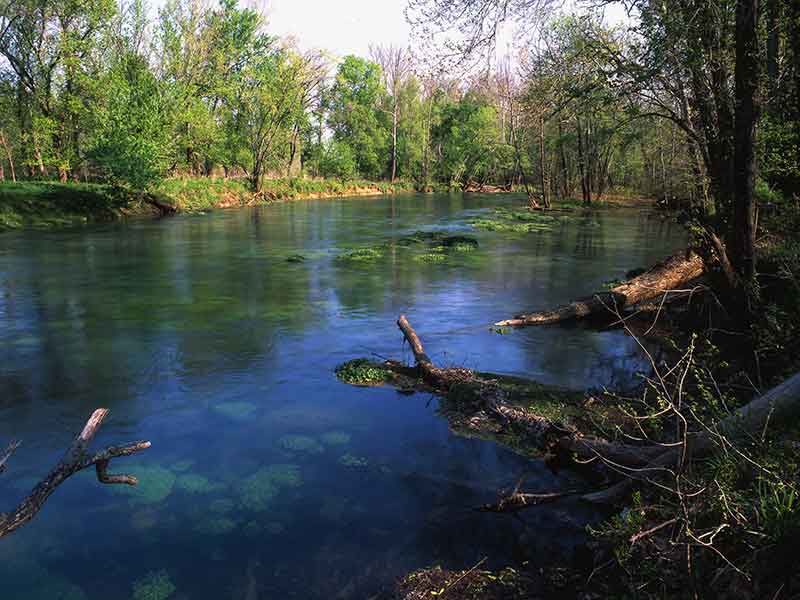
If you can’t tell by its name, this is the biggest spring in Missouri and one of the largest in the world; 275 million gallons of water rush daily from this massive spring into the Current River. The temperature of the cool, bright blue water stays around 58 degrees Fahrenheit, and it is at least 80 feet deep.
Hodgson Water Mill and Spring, Dora
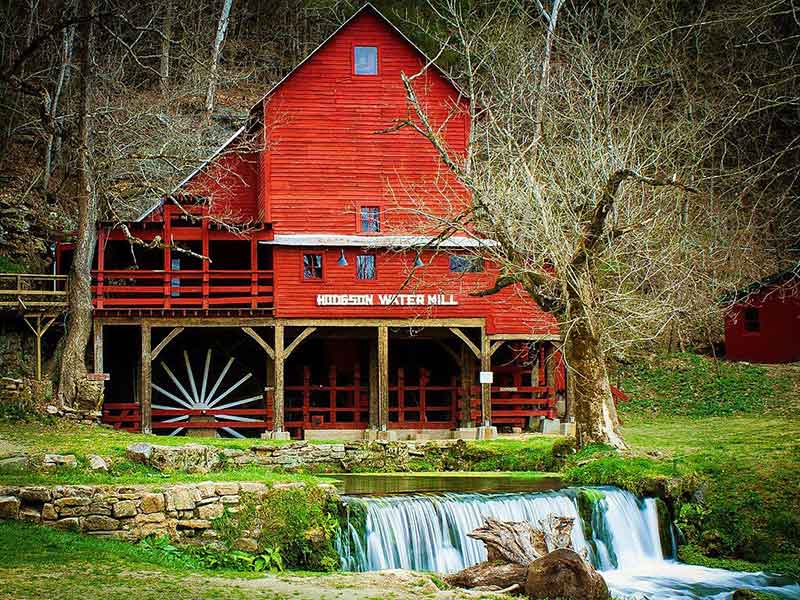
This three-and-a-half story grist mill was built in 1897 near an earlier pioneer mill. Power to turn the millstones came from turbines, driven by the spring water. The mill provided energy to a cotton gin, lumber mill, and clothing factory. It operated until 1976 when Hodgson Water Mill, also known as Hodgson-Aid Mill, expanded and moved to a modern-day facility. Flour and various baking mixes are still produced under the name Hodgson Mill in Illinois. A photo of the old mill is used as the logo. The spring that once powered the old mill gushes an average of 24 million gallons of clear water every day into Bryant Creek and creates a picturesque waterfall out front.
Ha Ha Tonka Spring, Camdenton
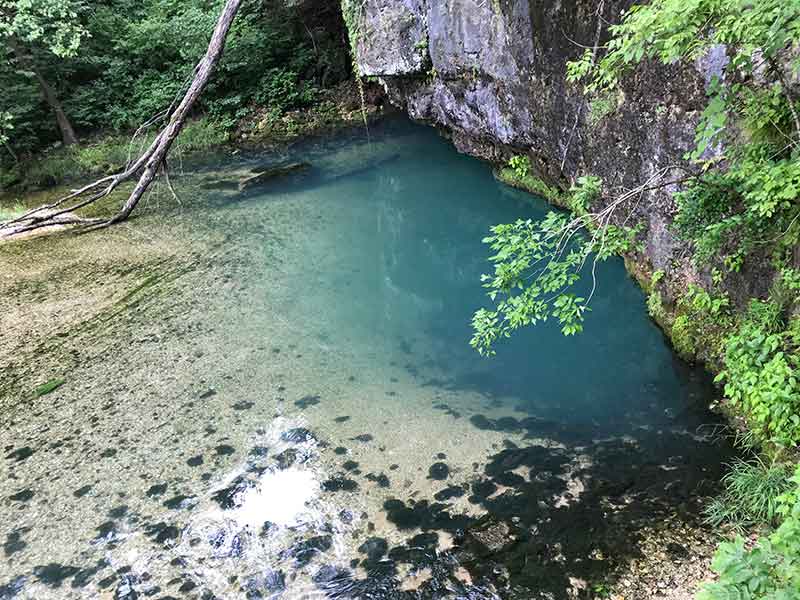
Ha Ha Tonka State Park at Camdenton is known for the beautiful stone castle ruins you can explore, bluff s, caves, a natural bridge, and the Ha Ha Tonka Spring. Manmade stairs take you to the edge of the water. On average, the spring produces 48 million gallons of water each day that feeds into the Lake of the Ozarks.
Welch Spring, near Akers
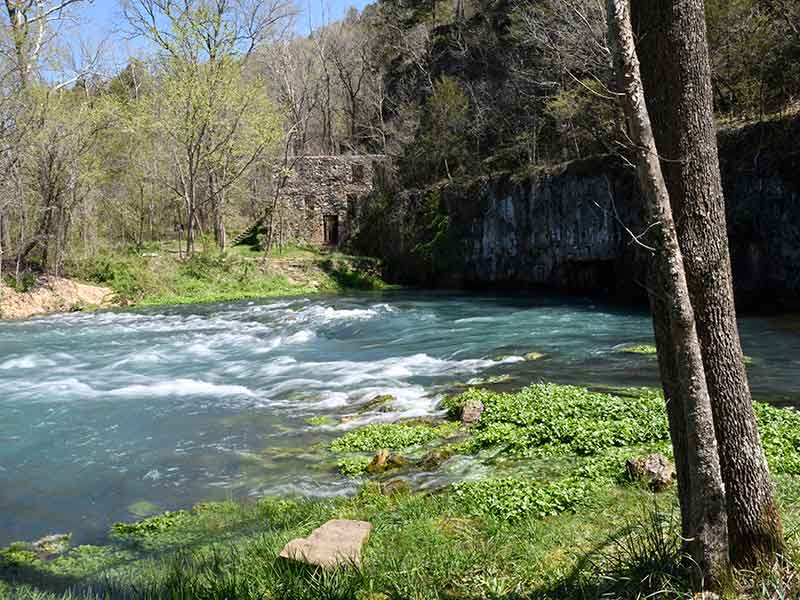
This spring pours 75 million gallons of water a day into the Current River and was once believed to have healing powers, hence the old hospital ruins you see on the edge of the water. In 1913, Illinois doctor C. H. Diehl bought Welch Spring. He believed the healing waters and the pollen-free air coming from the cave would help his patients. Although the hospital stopped operating in 1940 after the doctor died and the hospital was abandoned, people can still see what’s left of it and enjoy the clear spring water that is part of the Ozark National Scenic Riverways.
Reeds Spring Mill, Centerville
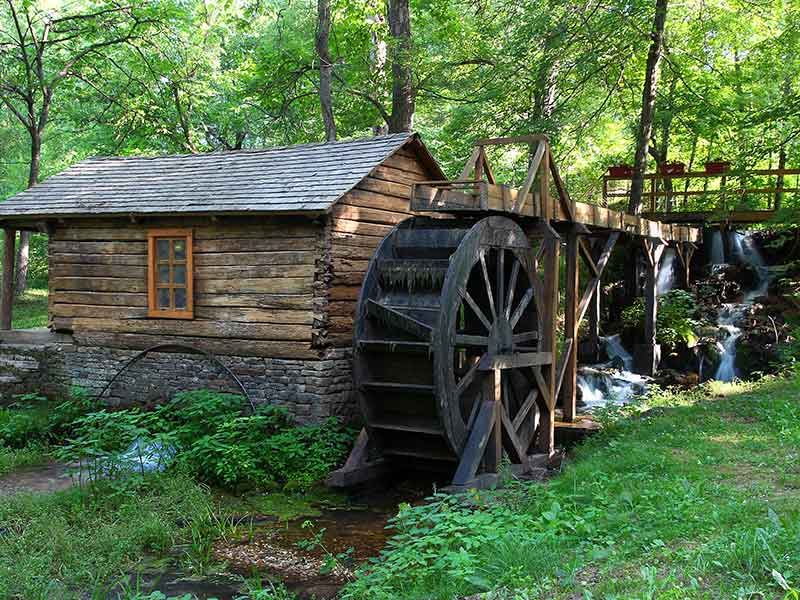
This log mill was actually a replacement for the real thing. In 1881, the original grist mill was built, and it generated electricity for Centerville until 1929. That mill has now been transported to the Smithsonian Institute in Washington, DC, and the current mill was built in 1973. It sits on top of Reeds Spring, which empties into the Black River.
Related Posts
City of Blue Springs
The city of Blue Springs was incorporated on this date.
This is Our Missouri
A photo project helps commemorate the bicentennial.

